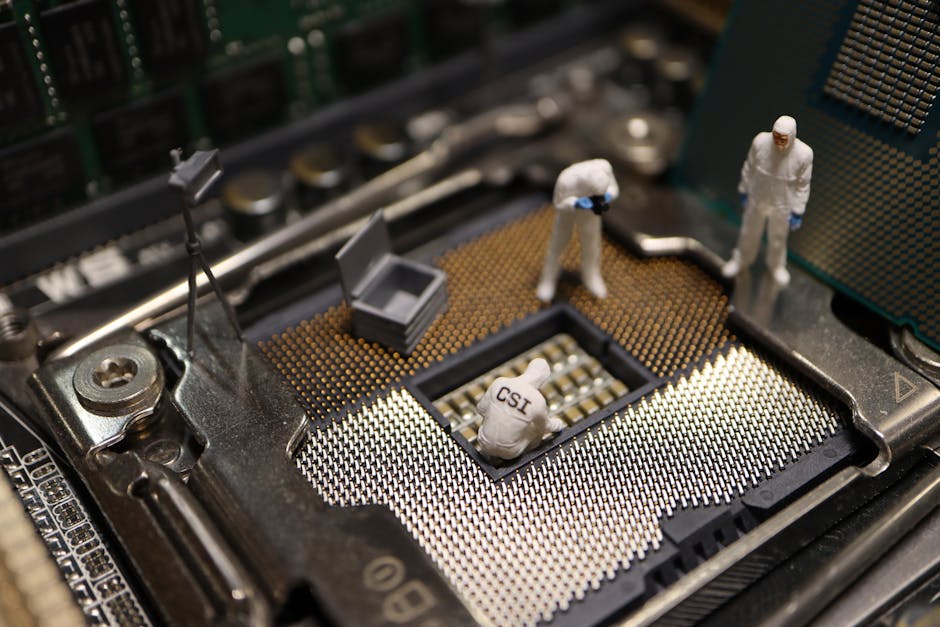QNED TV has emerged as a frontrunner in the television industry, promising a superior visual experience compared to its LED counterparts. But what exactly is a QNED TV, and how does it differentiate itself from the more established LED technology? This article will explore the core features, technological innovations, and practical implications of QNED TVs. Join us as we delve into the intricacies of display technology and discover what makes QNED TV the next big thing.
Table of Contents
Read More
Are you contemplating a new television and find yourself bewildered by the acronyms? The realm of television technology is perpetually evolving, with new innovations emerging at a rapid pace. One such advancement is the QNED TV, a technology that aims to refine the viewing experience. This article aims to clarify the intricacies of QNED TVs, especially how they differ from the more familiar LED TVs, and what advantages they offer to the discerning viewer.
Unveiling QNED: A New Era in Display Technology
QNED TVs represent a significant leap in display technology, aiming to deliver a visual experience that is both vibrant and precise. This technology integrates quantum dot and NanoCell technologies to enhance color accuracy and brightness. The primary goal of QNED TV technology is to provide a superior visual experience, and it achieves this through a combination of advanced features. In the rapidly evolving landscape of display technology, QNED TV technology distinguishes itself through its innovative approach to color and light management.
The Quantum Dot Revolution
Quantum dots, microscopic semiconductors, are a key component in QNED technology. When illuminated, these dots emit light with remarkable precision, producing a wider range of colors. This results in more vibrant and realistic images. By harnessing the power of quantum dots, QNED TVs can display a broader spectrum of colors, leading to a more immersive viewing experience. The introduction of quantum dots in QNED TVs represents a paradigm shift in color reproduction, offering viewers a visual feast that was previously unattainable.
NanoCell Technology: Enhancing Color Purity
NanoCell technology, another crucial element of QNED, utilizes nanoparticles to filter out impurities and refine the colors displayed on the screen. This results in improved color accuracy and a wider viewing angle. By incorporating NanoCell technology, QNED TVs ensure that viewers, regardless of their viewing position, experience consistent color and clarity. The combined effect of quantum dots and NanoCell technology allows QNED TVs to achieve a level of color purity and accuracy that sets them apart from traditional LED TVs.
LED TVs: The Established Standard
LED (Light Emitting Diode) TVs have been the dominant force in the television market for years, offering a balance of affordability and performance. These TVs use LED backlights to illuminate the LCD panel, creating the images displayed on the screen. While LED TVs have improved significantly over the years, they are now facing competition from technologies like QNED, which offer enhanced visual experiences.
How LED Technology Works
The fundamental principle behind LED TVs involves LEDs arranged behind the LCD panel, providing the light source. The LCD panel then controls the amount of light that passes through each pixel, creating the image. LED TVs have become a household staple due to their versatility and affordability, serving as a reliable choice for various viewing environments. However, the inherent limitations of LED technology, such as color accuracy and viewing angles, are areas where QNED TVs excel.
Evolution of LED Technology
Over the years, LED technology has undergone several improvements, including advancements in backlighting and panel design. These enhancements have led to better contrast ratios, improved energy efficiency, and slimmer designs. Despite these advancements, LED TVs still struggle to match the color accuracy and viewing angle performance of QNED TVs, particularly in high-end models. The continuous development of LED technology showcases its adaptability, but it also highlights the advancements that QNED brings to the table.
QNED vs. LED: A Comparative Analysis
The key distinctions between QNED and LED TVs lie in their display technologies and the resulting visual performance. QNED TVs leverage quantum dots and NanoCell technology to enhance color, brightness, and viewing angles. In contrast, LED TVs rely on traditional LED backlights and LCD panels. Understanding the nuances of these technologies is crucial for making an informed decision when purchasing a new TV.
Color Accuracy and Range
QNED TVs excel in color accuracy and range, thanks to quantum dots. These tiny semiconductors emit light with remarkable precision, resulting in more vibrant and realistic colors. This leads to a more immersive and lifelike viewing experience. LED TVs, while capable of displaying a wide range of colors, often fall short in terms of accuracy and saturation compared to QNED models. The superior color performance of QNED TVs is a significant advantage, particularly for viewers who value visual fidelity.
Brightness and Contrast
QNED TVs typically offer superior brightness and contrast levels, enhancing the overall picture quality. The combination of quantum dots and advanced backlighting technology allows QNED TVs to produce brighter images with deeper blacks. LED TVs, while improving over time, may struggle to achieve the same level of brightness and contrast, especially in brightly lit environments. The enhanced brightness and contrast of QNED TVs contribute to a more dynamic and engaging viewing experience, making them ideal for various viewing conditions.
Viewing Angle and Clarity
QNED TVs, with their NanoCell technology, provide wider viewing angles, ensuring consistent color and clarity from various positions. This is a significant advantage over many LED TVs, where the picture quality can degrade as you move away from the center of the screen. The wider viewing angles of QNED TVs make them a great choice for family gatherings or rooms where viewers may not always be directly in front of the TV. The enhanced viewing angle performance ensures that everyone in the room enjoys the same high-quality picture.
Practical Implications and Considerations
Choosing between a QNED and an LED TV involves weighing several factors, including budget, viewing environment, and personal preferences. QNED TVs typically come at a higher price point than entry-level LED models, reflecting the advanced technology they incorporate. However, the superior picture quality and enhanced features of QNED TVs often justify the investment for those seeking a premium viewing experience.
Cost vs. Performance
The initial cost of a QNED TV is usually higher than that of an LED TV. However, the enhanced picture quality, including superior color accuracy, brightness, and viewing angles, can provide a better return on investment in the long run. Consider the viewing environment and the importance of visual fidelity when assessing the cost-effectiveness of each technology. The premium features of QNED TVs make them a compelling option for those who prioritize a top-tier viewing experience, despite the higher initial cost.
Viewing Environment
The viewing environment significantly impacts the choice between a QNED and an LED TV. In brightly lit rooms, the superior brightness and contrast of QNED TVs make them a better choice. For darker rooms, both technologies can perform well, but the wider viewing angles of QNED TVs ensure consistent picture quality. Evaluate the lighting conditions in your viewing space and consider how each TV technology performs under those conditions. The adaptability of QNED TVs to different environments makes them a versatile option for various households.
Personal Preferences and Needs
Ultimately, the best choice depends on individual preferences and viewing habits. If you prioritize color accuracy, brightness, and wide viewing angles, a QNED TV is the superior option. If budget is a primary concern, or if you primarily watch content in a dimly lit environment, an LED TV may suffice. Consider what features are most important to you and choose the technology that best aligns with your needs. The selection between QNED and LED TVs should be guided by your personal preferences and how you intend to use the TV.
Key Takeaways
In the evolving landscape of television technology, QNED TV technology presents a significant advancement over traditional LED TVs. By integrating quantum dots and NanoCell technology, QNED TVs offer superior color accuracy, brightness, and viewing angles. While LED TVs remain a viable option, particularly for budget-conscious consumers, QNED TVs provide a premium viewing experience that is worth considering for those seeking the best possible picture quality. The choice between QNED and LED ultimately depends on individual needs, preferences, and the viewing environment, with QNED TVs generally excelling in delivering a more immersive and visually stunning experience. The advantages of QNED TV technology are clear.
| Feature | QNED TV | LED TV |
|---|---|---|
| Color Technology | Quantum Dots & NanoCell | LED Backlighting |
| Color Accuracy | Superior | Good |
| Brightness | High | Variable |
| Viewing Angle | Wide | Limited |
| Price | Higher | Lower |
We also Published
RESOURCES
- LED, OLED, QD-OLED, QNED: Understanding Different TV Display …
- A quick note on QNED. : r/OLED
- I lived with LG’s QNED TV tech and it cemented my loyalty to OLED …
- What Is QNED? | RELIANT Blog
- What Is QNED Explained: How It Compares To QLED & OLED
- QNED TV | 4K & 8K AI TVs with Smart Technology | Unlike any Mini …
- What Is Qned Explained: How It Compares To Qled & Oled – IMDb
- Mini LED TV vs. OLED TV – What’s the difference? | LG UK
- CES 2021: LG Rolls Out OLED, QNED Mini LED and NanoCell TVs …
- QNED vs OLED: what’s the difference between these TV screen …







0 Comments